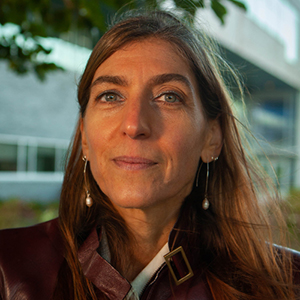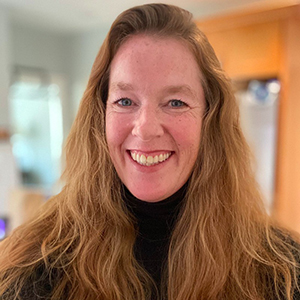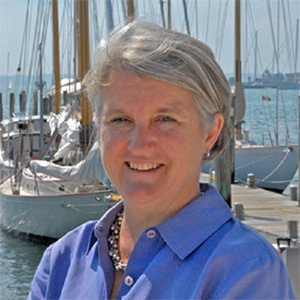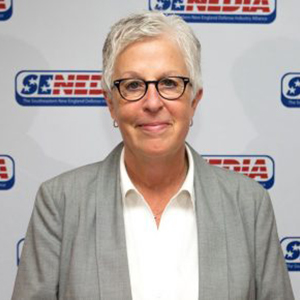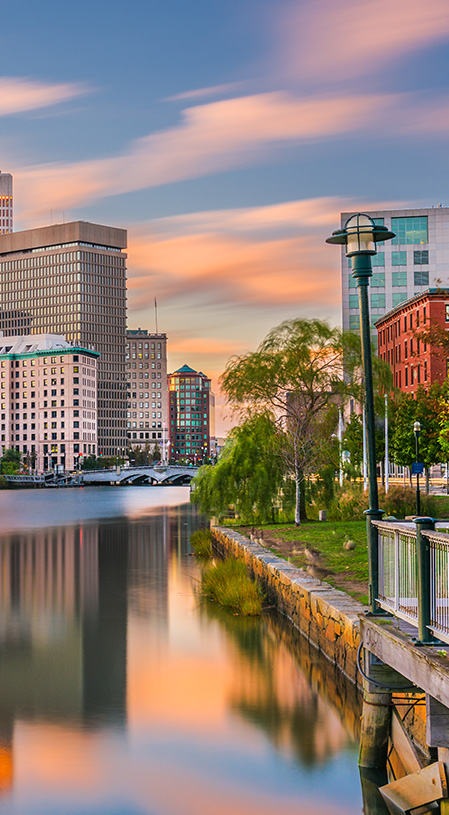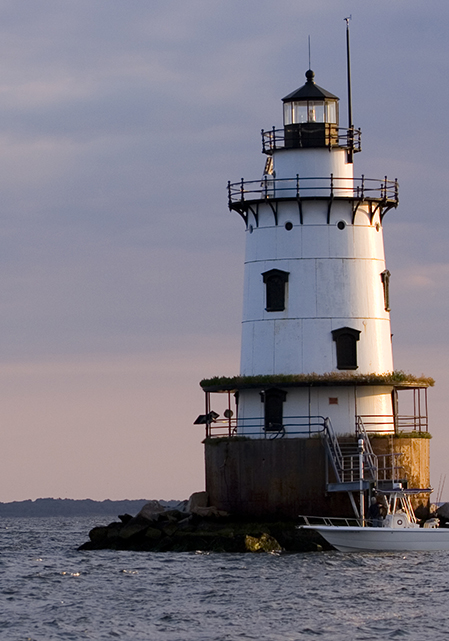Rhode Island:
A Blueprint For
The Blue Economy
Sponsored By:

This feature explores the Blue Economy through the lens of a single American state. Rhode Island is the smallest state, but has the second-longest coastline in relation to overall size of any state in the union. More relevantly, however, the connection between the state and the ocean is as strong as can be found anywhere in the US. Rhode Island is known as the “Ocean State” and that is not just a nickname. Its history has been completely defined by its relationship to the ocean. For Rhode Island, its “economy” and its “blue economy” are virtually indistinguishable.
Before we delve further into Rhode Island and the Blue Economy, some pertinent background information. First and foremost, Rhode Island is not an island (more this to follow.) The state is small, but densely populated, with one million people living in 1,500 square miles (in contrast, Alaska has three-quarters of a million people living in 663,000 square miles). Needless to say, land is in short supply. And that is before you consider that approximately 22% of the state’s land area is protected or conserved, one of the highest percentages in the country.
Given this, it may not be all that surprising that water seems to dominate every chapter in the state’s history. Rhode Island is nearly bisected by Narragansett Bay, which provides several ideal port locations, but also makes the state virtually all coastline. Every citizen lives a short distance from the ocean. Because of this, Rhode Island has a unique maritime tradition. In colonial times, it was a major shipping center that was heavily involved in fisheries, trade (including the slave trade), privateering, piracy and smuggling. There were major naval bases in Narragansett Bay in wartime, while during the Gilded Age the country’s economic and social elite raced their yachts in the bay in what would become known as the America’s Cup.
The impact of the Blue Economy on Rhode Island was not limited to salt water, either. The state has few rivers and they pale in comparison with the majestic ones of the American interior, but it was on these rivers that the American Industrial Revolution began, with their rapidly flowing waters providing power for the first textile mills.
But the Blue Economy in Rhode Island did not begin with the European colonization. The Blue Economy was just as important to the indigenous peoples in what became Rhode Island as it was to the later colonists and to those who live there today.
And this is a story best told though the “quahog.”
Narragansett Bay and the quahog created a Blue Economy long before the first Europeans came to its shores. Quahogs are an excellent food, providing low-fat, high-quality protein, and are a good source of selenium, iron, and vitamin B12. While quahogs can be harvested in shallow waters by wading, most are in deeper waters and boatbuilding became highly refined by the indigenous people, driven by the need to reach quahogs and other seafood further out into the Bay.
The quahog has another value – its shell. While most of the shell is white, the interior of a quahog shell often is streaked with purple and can be dazzling in appearance. Today, skilled artisans use quahog shells to make jewelry and the Narragansett people, for whom the Bay was named, did the same. They took it one step further, however, and used the shells as “wampum.” The word “wampum” is widely thought of as meaning “money” by non-indigenous people, but that is a fallacy.
This leads us to jewelry sculptor and artist Allen Hazard of the Narragansett people. In 2018, Rhode Island Public Broadcasting produced a video in which Mr. Hazard talked about the relationship between the Narragansett people and the quahog. The video can be seen here in its entirety, where he discusses how the quahog, and by extension the Blue Economy, existed before the European colonization and was every bit as pervasive in the lives of the people. From fisheries to boatbuilding to toolmaking, the ocean has impacted the people who have lived along Narragansett Bay for as long as the area has been populated.
In Their Words
In our feature, we hear from many of the leading voices in the Blue Economy in Rhode Island, including:

